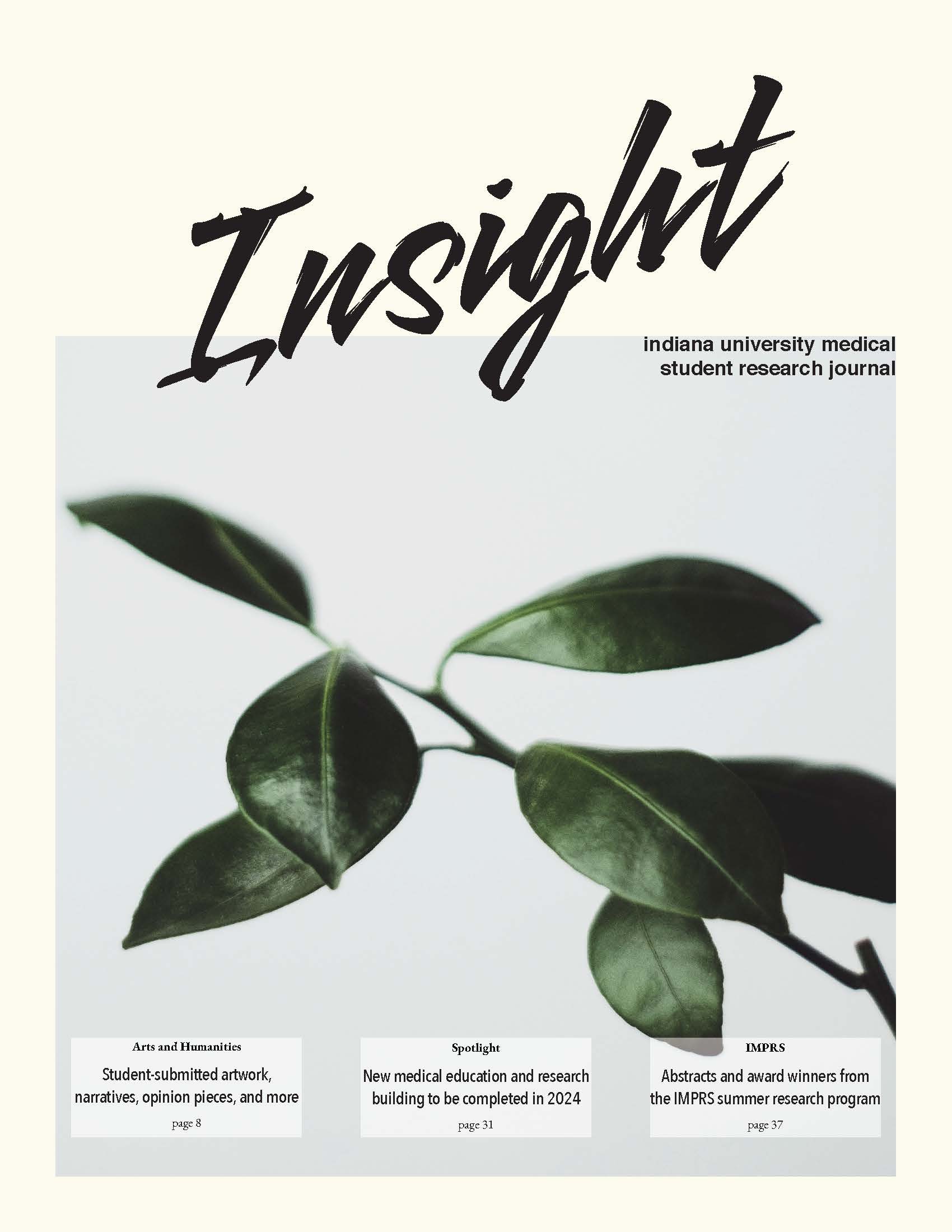Protease-Activated-Receptors 1 and 2 are Essential in the Initiation of Food Allergy Early in Life
Abstract
Background and Hypothesis: Because food allergies can be life-threatening, it is imperative to investigate the underlying pathways of food allergy initiation to progress towards treatment and prevention. Food allergies occur at an increased rate in children with altered skin barriers. Previous RNAseq studies have identified increased ApoE gene expression in mouse pups with skin barrier mutations sensitized with house dust mite and peanut allergens. Furthermore, PAR2 has been shown to be involved in the synthesis pathway of ApoE when activated by household allergens. We hypothesize that PAR2 is necessary for the initiation of food allergy in mice with skin barrier mutations.
Project Methods: Pups heterozygous for skin barrier mutations in FLG and Tmem79 were sensitized with Alternaria alternata (Alt) and peanut extract (PNE) on postnatal days 3, 6, 9, 13, and 15. Pups received injections of PAR1 or PAR2 antagonist, no antagonist, or saline before each sensitization. At day 17, the pups received a PNE oral gavage. Rectal temperatures were incrementally measured for 80 minutes after the gavage to monitor anaphylaxis. Tissues were collected 8 hours after the gavage. Skin punches and intestine are currently being processed and analyzed by qPCR for IL33, OSM, and Areg.
Results: Statistical analysis was completed using area under the curve by summation of average temperature changes for each pup. Pups that received PAR1 or PAR2 antagonists and application of Alt and PNE did not exhibit significant temperature drops whereas pups that received no inhibitor and Alt and PNE did undergo anaphylaxis, indicating blocking PAR1 and PAR2 blocked anaphylaxis. There were no statistically significant differences between male and female pup responses.
Conclusion: The results of this study indicate that PAR2 and PAR1 are essential for development of food allergy and are potential cellular targets for treatment and prevention of food allergy early in life.
Downloads
Published
Issue
Section
License
Copyright to works published in Insight is retained by the author(s).

